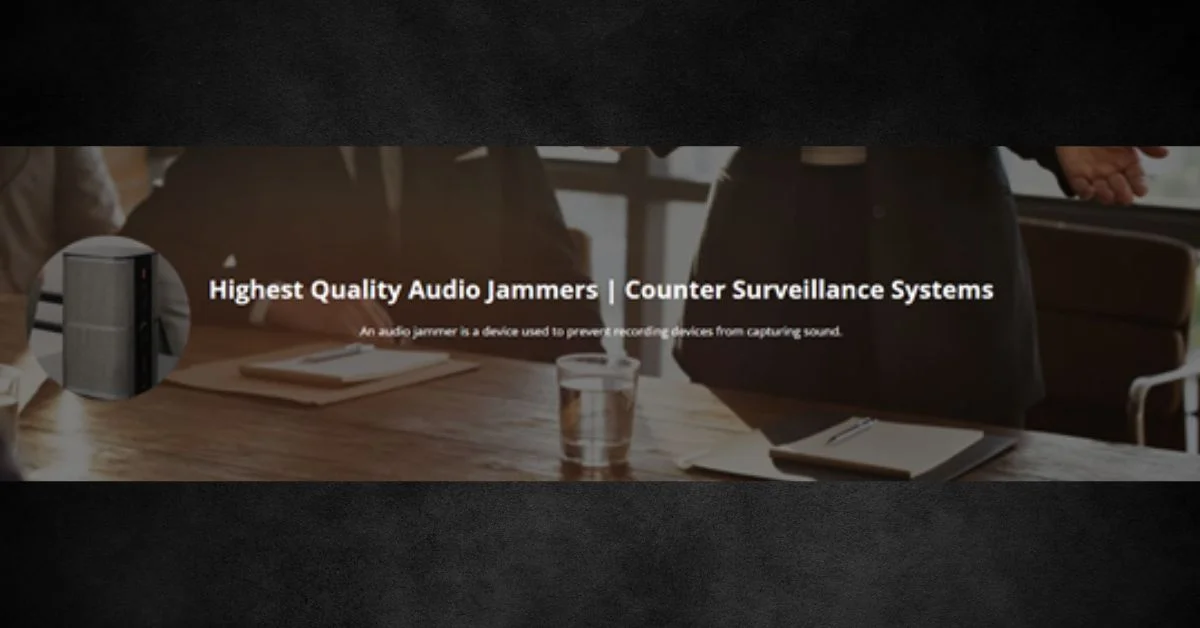When installing an audio jammer, it is essential to consider various factors to ensure that the device performs optimally. These considerations range from selecting the appropriate power source to positioning the jammer correctly and testing it for effective operation. Below, we delve into the key aspects of installing and setting up audio jammers.
Power Source and Connectivity
Power Requirements:
Audio jammers, like any electronic system, require a stable and reliable power source. For portable audio jammers, battery life is crucial, while fixed installations may rely on mains electricity. However, when integrating Drone RF Detection or Drone Detection Radar, power requirements can become more complex. Drone detection systems often consume more power due to the constant monitoring of radio frequencies or radar signals.
Connectivity:
Some audio jammers may require a wired connection to external devices, while others may function wirelessly. If your jammer has wireless capabilities, consider whether it can connect via Wi-Fi or Bluetooth to other systems, such as smartphones or computers. Ensuring that the device can communicate with other devices seamlessly can enhance its functionality, especially for more advanced models that allow remote control or monitoring.
In fixed installations, ensure that the jammer has a reliable power supply and does not cause overloading in the circuits, particularly when used in sensitive areas like conference rooms, government buildings, or offices. For wireless jammers, consider the range of connectivity and make sure the jammer can operate within its designated area without interference from walls or obstructions.
Placement Considerations
Strategic Positioning:
Placement is a crucial factor for maximizing the effectiveness of an audio jammer. Whether you’re using a portable device or installing a fixed jammer, positioning is key to ensuring the jammer covers the intended area without leaving gaps in coverage. Here are some best practices for positioning:
- Room Size and Shape:
The larger the room, the more powerful the jammer will need to be. A single jammer may suffice for small offices or meeting rooms, but larger spaces may require multiple devices strategically placed around the room to ensure even coverage. In larger spaces, you might also consider integrating a drone detection radar to monitor for any aerial surveillance. - Avoiding Obstructions:
Position the jammer in a location that is free from obstructions like furniture, walls, or metal objects, which can interfere with the jammer’s signals. In larger areas, consider mounting the device on a ceiling or wall to ensure maximum signal distribution. - Distance from Target Devices:
If the jammer is intended to disrupt specific recording devices, such as microphones or audio surveillance systems, place the jammer as close as possible to these devices without causing excessive interference with other systems. For example, in a conference room, placing the jammer near the center of the table may help protect all participants from audio surveillance. - Environmental Considerations:
Environmental factors such as background noise, temperature, humidity, and even electromagnetic interference can impact the jammer’s performance. For instance, extreme temperatures or wet conditions can affect the functionality of certain audio jammers. Make sure the device is designed to operate in the specific environment where it is placed.
Testing and Calibration
Ensuring Proper Functionality:
Once the audio jammer has been installed, it is essential to test its functionality to ensure it is working as expected. Testing should be done both immediately after installation and periodically to verify that it continues to perform effectively.
- Initial Testing:
After installation, turn the jammer on and test it in the intended area. Walk around the space with a listening device (e.g., microphone or recording device) to check whether the jammer is effectively blocking audio signals. You should hear distortion or noise if the jammer is working properly. Pay attention to any areas where the coverage is insufficient and adjust the jammer’s positioning accordingly. - Calibration:
Many advanced audio jammers come with built-in calibration options that allow you to adjust the frequency range, signal strength, or power output. Calibration should be performed to tailor the jammer’s output to the specific requirements of the environment. For instance, in a room with strong acoustic reflections, you may need to adjust the frequency spectrum of the jammer to ensure it masks sounds effectively. - Testing with Different Devices:
Test the jammer with various audio recording devices, including wired and wireless microphones, smartphone apps, or hidden surveillance equipment. This will help you ensure that the jammer can effectively block a wide range of potential eavesdropping tools. Keep in mind that some advanced devices may have features that make them more resistant to jamming, such as noise filtering or adaptive signal processing. - Long-Term Testing:
After the initial setup and calibration, it is crucial to conduct long-term tests to ensure that the jammer continues to function effectively over time. Factors like battery life and signal degradation can affect the jammer’s performance, so regular maintenance and re-calibration may be necessary. - Remote Monitoring and Adjustments:
For wireless or more advanced systems, many jammers come with the ability to monitor their status remotely. This can be especially useful in high-security environments or large buildings where the jammer’s performance might fluctuate. Remote monitoring can help identify when a device may need to be recalibrated or replaced.
If you find this article helpful, click here for more.









